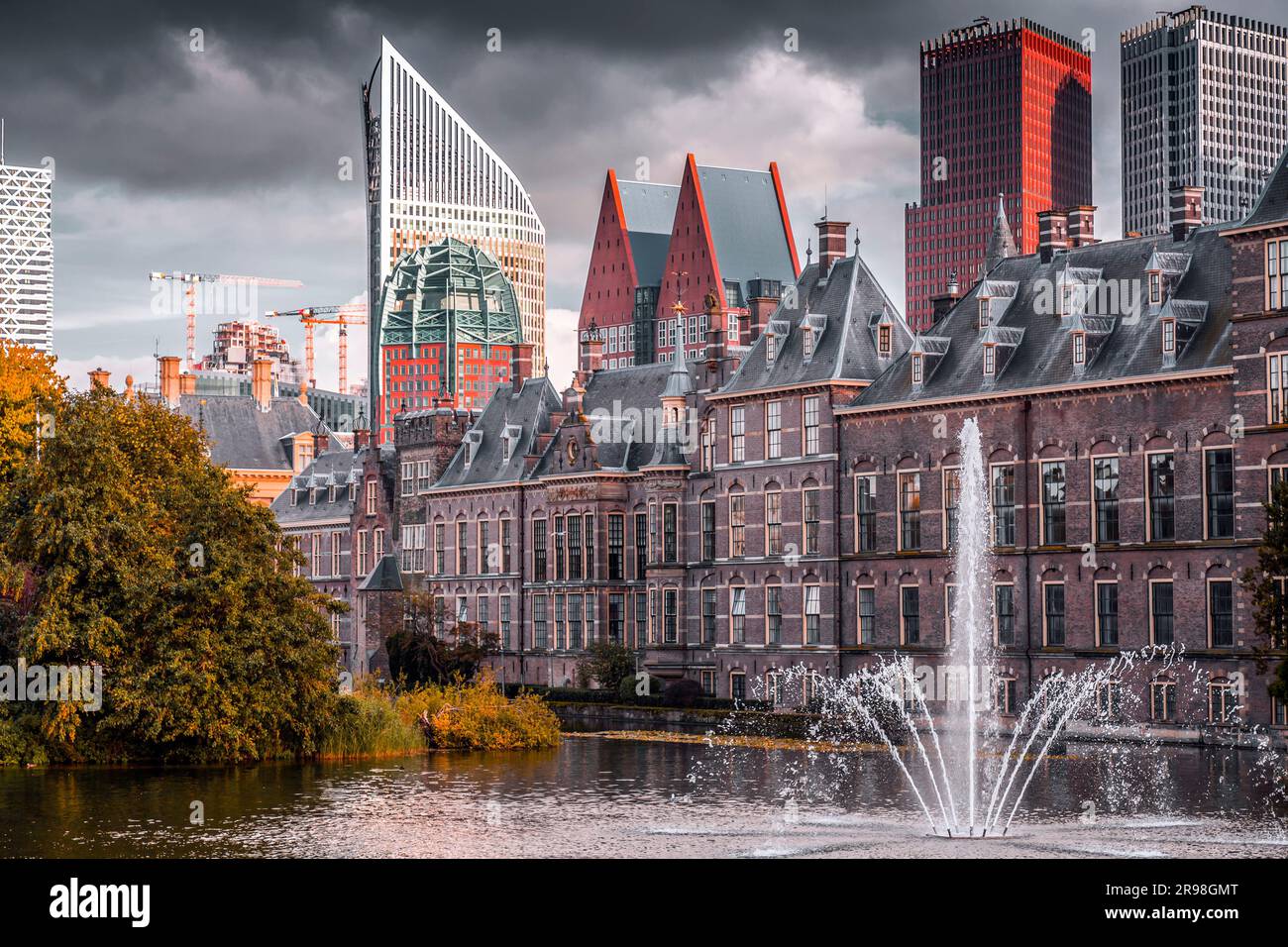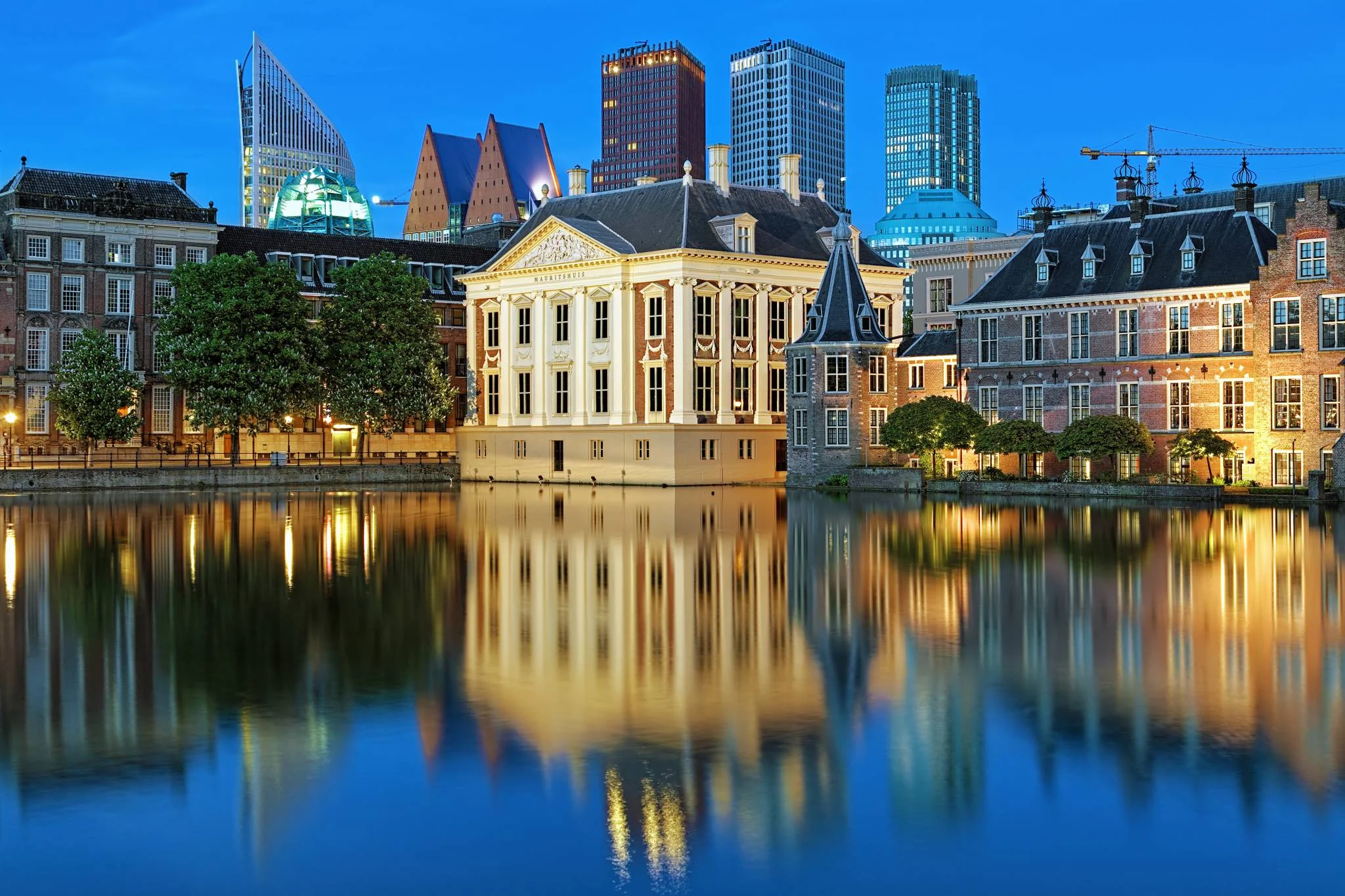The Lantern's Origin: A Gift of Love
In the heart of The Hague, a lantern stands as a testament to a tale of love and longing. This lantern, known locally as the "Lovers' Whisper," was originally a gift from a sailor to his beloved in the 18th century. Crafted from wrought iron and glass, it was designed to withstand the harsh coastal winds. The sailor promised his return by lighting the lantern each night, a beacon of his love.
Transformation into the Eternal Flame

Over the years, the lantern's significance evolved. During the early 19th century, it became a symbol of hope and remembrance. Locals began to light it in memory of those lost at sea. This tradition transformed the "Lovers' Whisper" into what is now called the "Eternal Flame." The lantern's light, visible from the nearby harbor, served as a guide for returning sailors, ensuring safe passage home.
The Lantern's Role in Modern Celebrations

Today, the lantern is central to The Hague's annual "Night of Lights" festival. Each November, residents gather to light candles and lanterns throughout the city, culminating in a procession to the "Eternal Flame." This event not only honors the city's maritime history but also celebrates community and continuity. The lantern's glow, reflected in the canals, creates a mesmerizing scene that draws visitors from across the Netherlands.
Preservation Efforts and Cultural Impact
Recognizing its cultural importance, local historians and artisans have worked to preserve the lantern. Restoration efforts in the 1990s ensured that the original materials were maintained, and the lantern was fitted with modern lighting to enhance its visibility. The "Eternal Flame" is now a protected cultural monument, symbolizing The Hague's rich maritime heritage and the enduring power of love and memory.











